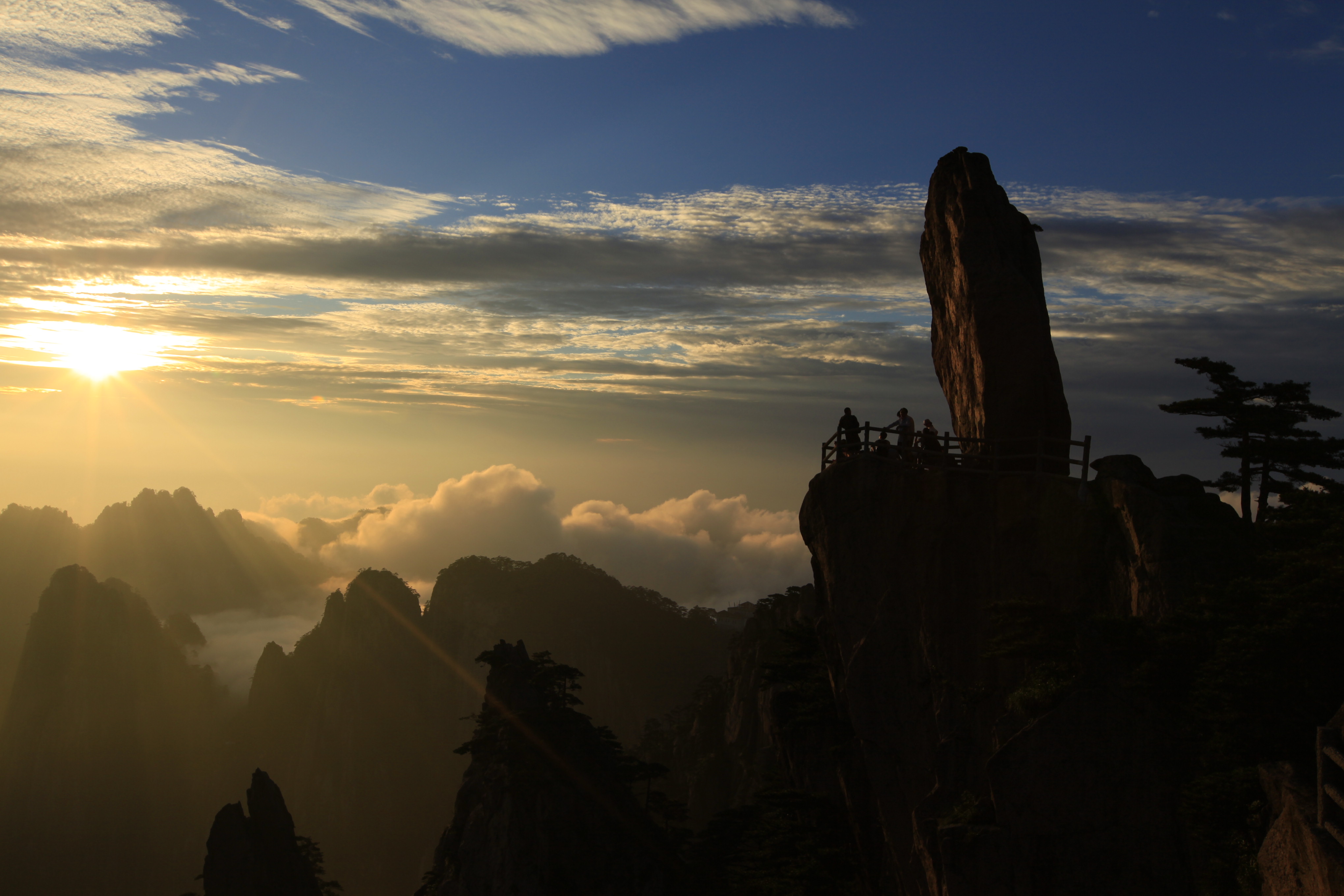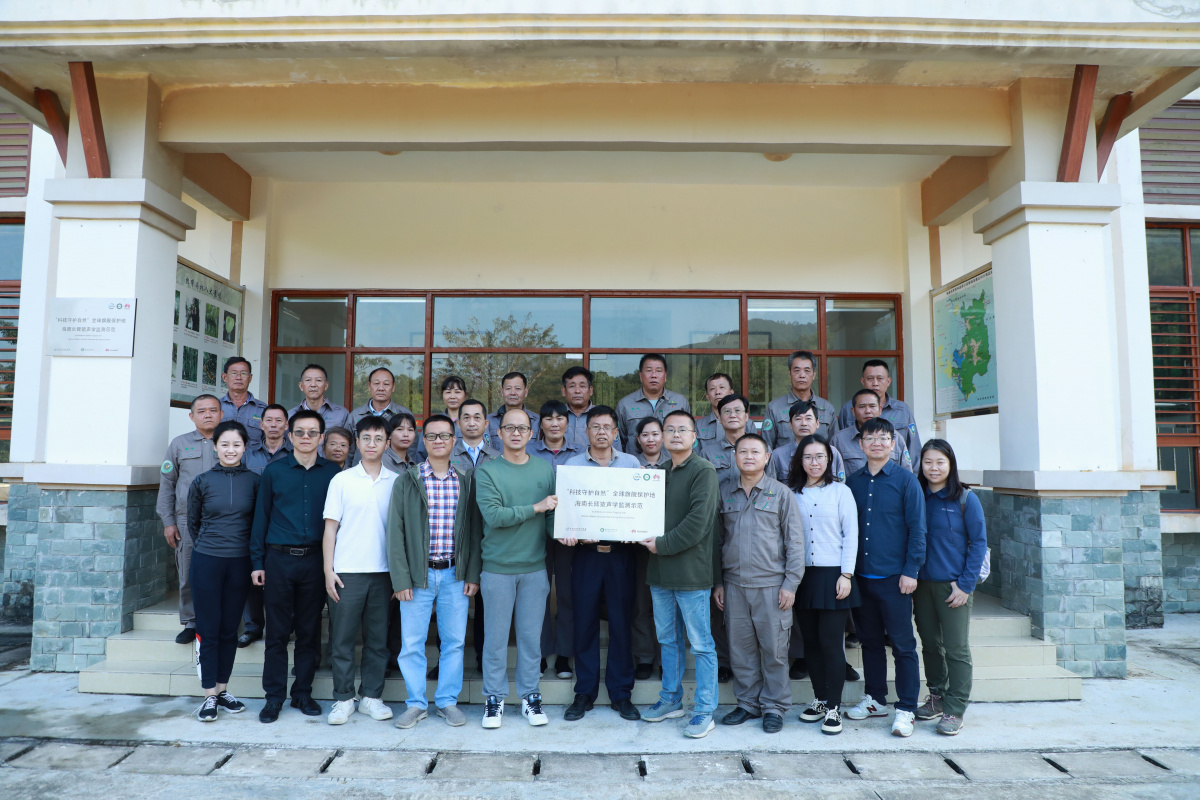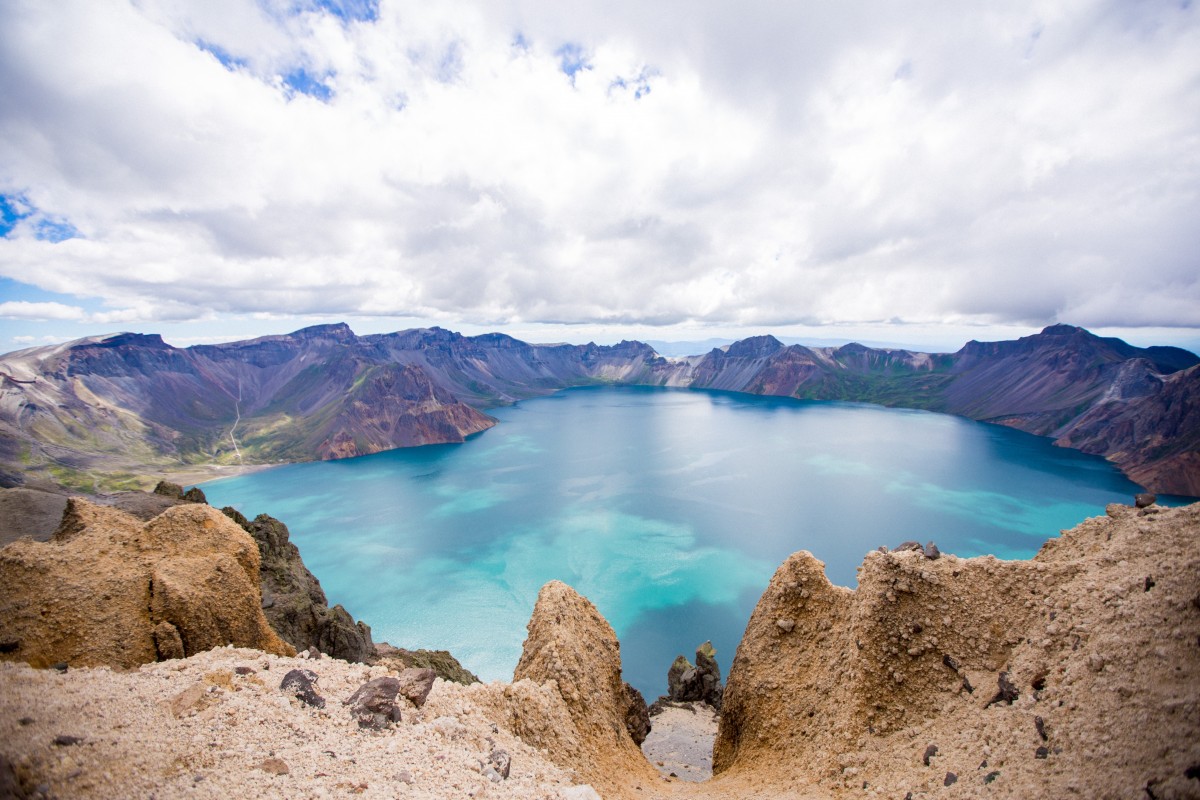Three priorities for China's national park programme
With the introduction on 26 September of its comprehensive programme, China’s national park system enters its implementation phase. This raises questions about what kind of park is being established, who will manage it and how ordinary people will benefit.

Hubei Shennongjia, China
Photo: IUCN/Bruce Jefferies
What are national parks?
National parks are among the most important types of nature reserve in China. Construction and development are prohibited in these areas and it is here that ecological protection is strictest. Although the word ‘park’ is included in the description, national parks are not for leisure in the general sense, and tourism development is strictly controlled. The designation is granted to areas of particular ecological value, authenticity and integrity, as well as strategic location.
Qilian Mountain, for example, is an important ecological security barrier in western China, an important water source and runoff area in the Yellow River Basin and a priority area for biodiversity conservation in China. In June 2017, the central government comprehensively deepened reform to protect it from further damage by illicit mineral extraction and adopted the Qilian Mountain National Park System Pilot Programme at the 36th meeting, granting this precious and fragile ecosystem stricter protections. Other strategically-located and ecologically-pristine national parks include Sanjiangyuan, Giant Panda, Northeast Tiger Leopard, Shennongjia and Wuyi Mountain National Parks.
“Construction in China’s national parks is regulated by three concepts: ecological protection, national representation and universal public welfare,” says Yang Rui, a professor at Tsingha University. This is the difference between these parks and scenic leisure areas, which regard the aesthetic experience as paramount.
“National parks are there to protect the places most in need of protection,” says an official from the National Development and Reform Commission, “so that our children can enjoy their precious natural heritage.”
Who controls national parks?
“To answer the question of whether the national park belongs to the country or the community,” explains Su Yang, a researcher at the Development Research Center of the State Council, “the programme clearly proposed a unified authority, hierarchical management system and diversified financial security system.” He stressed that, in order to ensure the effectiveness of business regulations, thorough law enforcement and simple day-to-day management of the reserves, the governing bodies would need to be able to act with fewer restrictions.
In 2016, when the Sanjiangyuan national park system pilot was approved, Yang’s advice was taken into account. A National Park Authority was set up with the aim of strengthening ecological protection at provincial, state, county and local levels. The Authority consisted of the environmental protection, land, agriculture and animal departments of four counties, whose legislative capacities were bolstered through the cooperation of the counties’ law enforcement agencies.
This institutional innovation is at the heart of the new national park system. "The establishment of a unified national park and nature reserve management department needs cross-sectoral, central and local coordination and cooperation,” says Zhu Chunquan, Country Representative for IUCN China. “The priority is to build a service-oriented government and to strengthen the coordination and cooperation between departments, central and local governments, and social groups and individuals.”
How can ordinary people benefit?
The primary challenge to national parks worldwide is the balance that must be struck between maintaining the integrity of the protected area while also appealing to public interest.
According to Wang Yi, Deputy Director for the Institute of Science and Development at the Chinese Academy of Sciences, "Various departments set up different types of 'national park’ during the pilot process, due to the differences in understanding about what a national park is for and a lack of clear directive. This led to what is now known as the ‘national park misunderstanding.’"
Prof. Yang Rui stressed that the public rather than the individual interest must be foremost considered, as the primary purpose of the national parks is preservation for the future rather than use in the present. He also suggested, however, that visitation of the parks should not be limited to the Chinese public, and that ticket prices should reflect an invitation for people of all nationalities to enjoy China’s natural heritage.
"National Parks exist for the benefit of the public,” says an official from the National Development and Reform Commission. “They reflect a spirit of co-ownership, co-establishment and co-management.” Guided by this premise of effective protection through cooperation and sharing, science, education and recreation opportunities will be provided for the public under the new national park programme.



